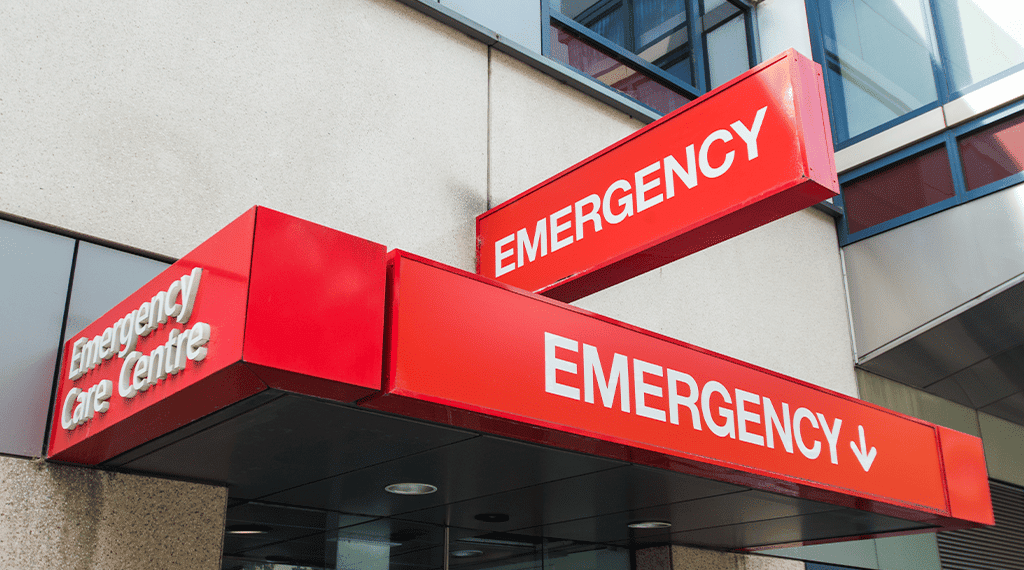Emergency clinics provide care for non-life-threatening situations that require immediate attention. They act as a bridge between your primary care physician and the hospital emergency room. These clinics handle urgent conditions that don’t need emergency room care. Knowing what to expect during your visit can help you feel prepared.
Arrival and Check-In Process
Your emergency clinic visit begins at the reception desk, where staff will ask for your ID, insurance, and a description of your symptoms. This helps determine the urgency of your condition and your place in the queue. You’ll also be required to fill out paperwork regarding your medical history, current medications, and emergency contacts. If your symptoms are severe, the staff may prioritize your care and handle paperwork later. This process helps match your care to your needs quickly.
Medical Record Review
Once called back, your visit starts with a review of your medical records and a discussion of your symptoms. The healthcare provider will ask detailed questions about when your symptoms began, their severity, and any factors that may be affecting them. Be ready to provide information about:
- When symptoms began
- Any recent injuries or illnesses
- Medications you’re currently taking
- Previous treatments you’ve tried
- Your pain level on a scale of 1-10
This conversation helps the provider understand your condition and decide on the best course of care.
Physical Examination
Next, your provider conducts a physical exam tailored to your symptoms. This typically includes checking vital signs, such as blood pressure, temperature, heart rate, and respiratory rate. The exam may involve listening to your heart and lungs with a stethoscope or examining the affected area of your body.
Your provider may also assess your reflexes, range of motion, or palpate specific areas to check for tenderness or swelling. They will explain each step of the process and may ask you to perform movements or respond to tests. This helps create a thorough understanding of your condition.
Treatment Planning
During your visit, the emergency clinic may perform diagnostic tests based on your symptoms, such as blood work, urine analysis, X-rays, or rapid tests for conditions like strep throat or the flu. While not all visits require testing, these tests help confirm a diagnosis when needed. The staff will explain any recommended tests, how long results might take, and whether results will be immediate or require more time.
Once your provider gathers information from your discussion, examination, and test results, they will explain their findings and discuss treatment options. Your personalized treatment plan may include:
- Prescription medications
- Over-the-counter remedies
- Wound care or minor procedures
- Referrals to specialists
- Instructions for home care
Your provider will review the plan with you, answer any questions, and keep you informed throughout the process. They help confirm you receive the care you need efficiently and effectively.
Know When to Visit an Emergency Clinic
Understanding the process of an emergency clinic visit can help you feel prepared. These clinics provide care for non-life-threatening conditions when prompt attention is needed. The staff is available to address your concerns and assist you in your recovery. Don’t hesitate to ask questions about your condition or treatment options during your visit..

